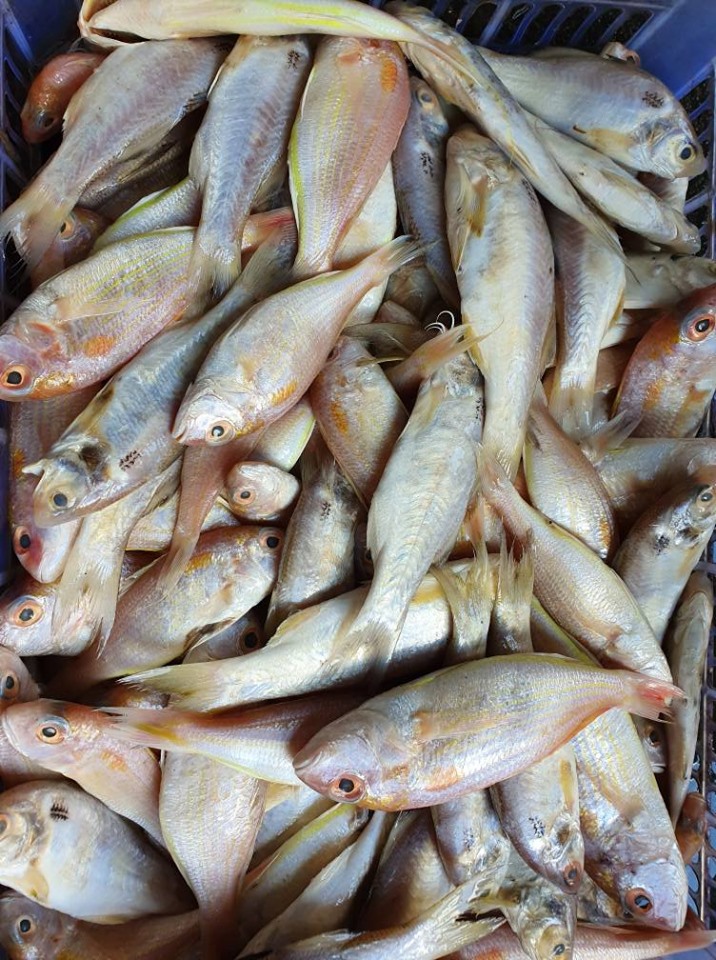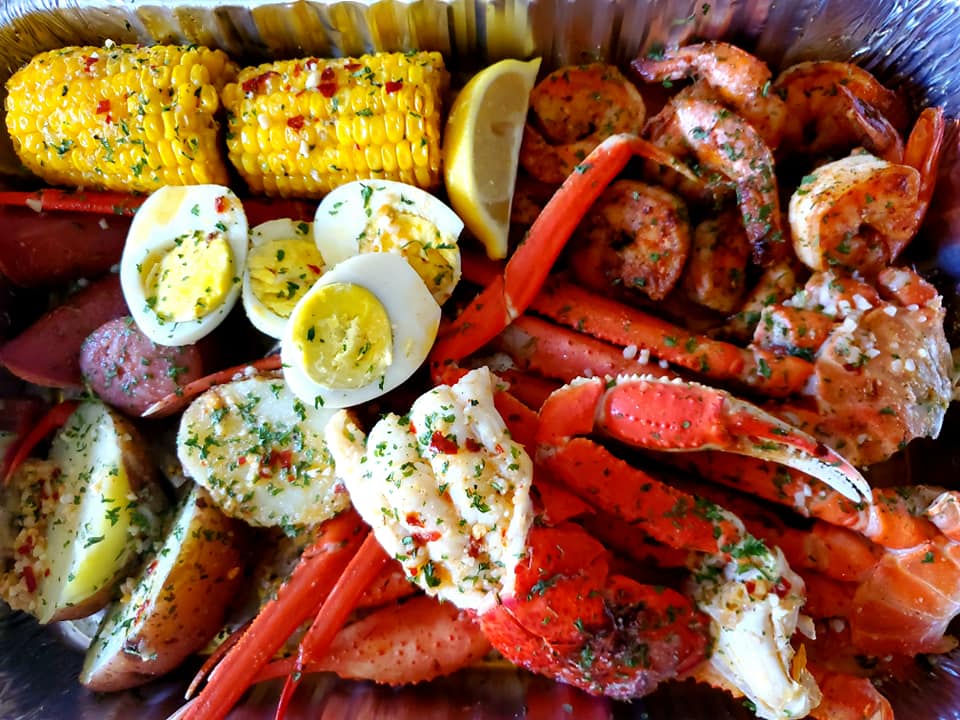Today, 80 percent of the world’s marine populations are fully fished, over-exploited, depleted or recovering from depletion. With seafood growing in demand it’s critical that sustainable fishing practices are followed if wild-caught seafood is going to be available in the future and if farmed seafood is going to be able to supplement wild fish supplies. But is this farmed seafood healthy for us?
Seafood Watch is an eco-certification program that sets aquaculture standards and certifies fisheries in association with the Global Seafood Standards Initiative, GSSI (Learn more about https://www.ourgssi.org/what-we-do/). According to Seafood Watch, there is hope for healthier, edible fish raised in a farm setting. View Seafood Watch rankings and recommendations here: https://www.seafoodwatch.org/seafood-recommendations/eco-certification. They do always recommend a minimum of a “Good” standard or better for your fish food selections.

But what do they feed all those little fish on those farms? These eco-certification programs are striving to adhere to standards set by the FDA, EU or equivalent. Some major criteria are:
- Feed systems must deliver diets that are nutritionally complete for the species cultured.
- The use of probiotics to support animal health is permitted.
- Non-Adulteration Feed must not be adulterated.
- Prohibited Ingredients: Antibiotics, parasiticides and hormones are prohibited in feed.
- Slaughterhouse Products Slaughterhouse products from avian or mammalian species are prohibited in feed.
Wild caught seafood standards must also have certification programs for sustainable, wild-caught seafood. The Marine Stewardship Council, the MSC, is the world’s leader. They use a multi-stakeholder, international approach to provide incentives for fisheries to address key issues such as by catch and overfishing. Three criteria are used by independent agencies; to evaluate that the population is maintained at healthy levels, the ecosystem is intact and the management system is effective. (Learn more https://www.msc.org/what-you-can-do/eat-sustainable-seafood/fish-to-eat)

Global seafood chains are becoming more involved with these initiatives that enhance our sustainability and ensure availability. Very notably is Whole Foods market. They have embraced these standards and even established some of their own criteria. The description of their companies’ practices is an informative, easy followed, encapsulation of what these eco- practices should strive to give the consumer. (Learn more https://www.wholefoodsmarket.com/seafood-sustainability-faq)
For sustainable seafood choices and prepping also see: https://www.thespruceeats.com/sustainable-seafood-choices-1665724
